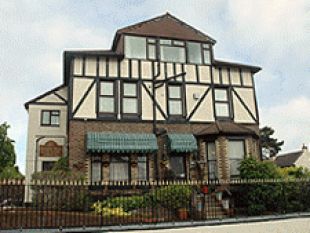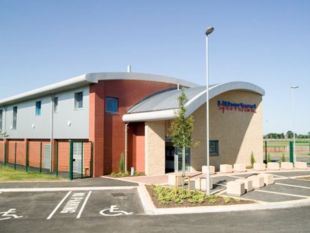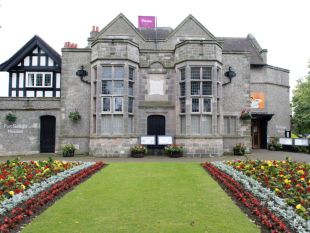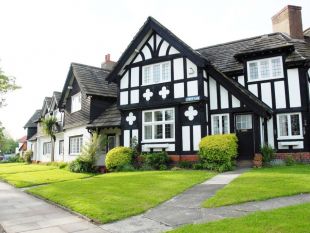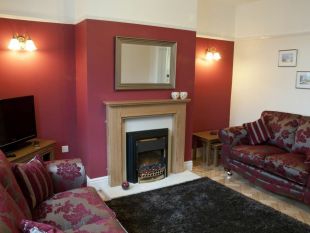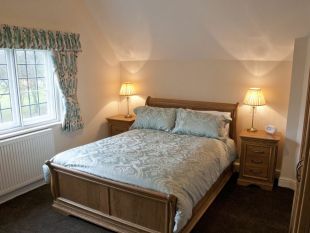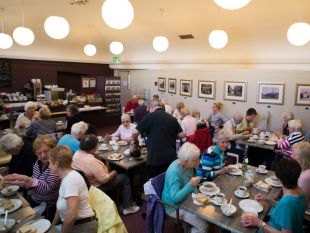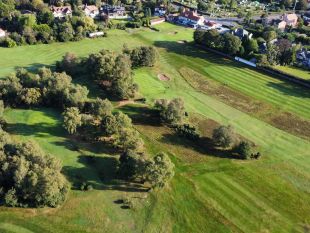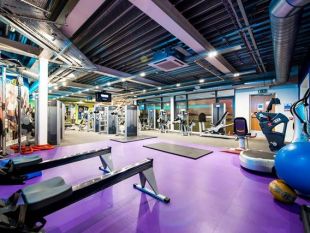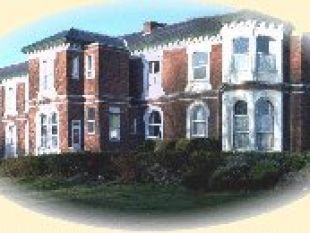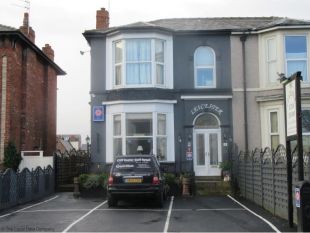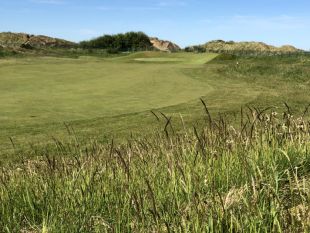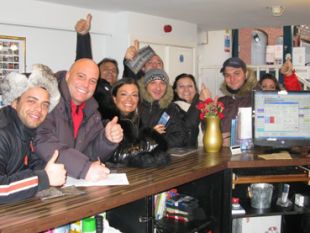Merseyside
Let us help you plan your ideal vacation in Merseyside...
Although this region of 1.5 million people is synonymous with The Beatles, soccer, the football pools and a certain ferry, Merseyside has a great deal more to offer the visitor. Here you will find elegant architecture, an unrivalled nightlife, would-famous cathedrals, innovative museums and a maritime history that is both fascinating and shocking.
With a unique and flat coastline, it has its own seaside and is even home to one of the last bastions of our native red squirrel.
At its heart lies the great city of Liverpool, once capital of the slave trade and still noted across the world as a major port. Yet the area possesses more Grade II listed buildings than anywhere else outside London – and more Georgian buildings than Bath! It is also one of the few cities in the world that can boast two cathedrals (one Anglican, one Roman Catholic), both built in the 20th century.
Metropolitan Merseyside takes its name from the River Mersey and only came into being in 1974 in the wake of local government reorganization. Historically, it dates back at least to the 5th century when St Patrick reputedly sailed from Liverpool to convert Ireland to Christianity, although Liverpool only became a borough in the 13th century thanks to King John.
The very first 'ferry across the Mersey' – to borrow a phrase from a famous pop song – was established as long ago as 1282 by monks at Birkenhead Priory. It was during the steam-powered industrial revolution, when the world's first passenger railway between Liverpool and Manchester was launched here, that its famous five miles of docks were reconstructed to cope with a boom in trade.
Today this vital dockland, which features, among other things, Pier Head's 'Three Graces' and an enthralling maritime museum – has been transformed into one the north west's leading attractions.
Other special places include the two cathedrals, The Walker art gallery, Tate Liverpool, the Lady Lever Art Gallery and The Regimental Museum of the Liverpool Scottish… not to mention a veritable galaxy of museums boasting collections that range from space travel and social history to dinosaurs, archaeology and the horrors of the profit-driven slave trade.
Another key attraction is a series of labyrinthine tunnels and caverns beneath Liverpool's Edge Hill district. Built in the early 19th century by the retired tobacco merchant Joseph Williamson, they seem to have no true purpose. Some have been lost while others are waiting to be rediscovered.
Liverpool's homage to The Beatles includes a host of separate features – from the Cavern Club to the Fab Four's childhood homes and schools and including 'Strawberry Field' and 'Penny Lane'. It was here in 1957 that Paul McCartney and John Lennon first met at a local church fete and unwittingly conspired to create Britain's first international super-group. Their potential was harnessed by entrepreneur Brian Epstein who spotted them singing at the Cavern Club. At one stage in their early career they played to an American television audience of 74 million people.
Beyond Liverpool are many other tourist spots. The Wirral peninsula, for example, is a haven for nature lovers while Ness Gardens, at Neston, is one of England's finest horticultural highlights, being famous for its collection of alpine and hardy plants. It also houses tropical and arid plants in 62 acres of grounds and greenhouses.
From a sporting point of view, Merseyside has no less than 40 golf courses, seven of which are of championship standard, and is home to both Liverpool and Everton football clubs as well as Aintree Racecourse and the Grand National.
A poignant spot is Port Sunlight, the unique garden village which was founded in 1888 by soap maker William Hesketh Lever to house his factory workers. He not only financed the village church, technical institute and the Lady Lever Art Gallery but employed no less than 30 different architects to plan the village. In addition this remarkable Victorian philanthropist introduced a number of schemes designed to take care of the welfare, education and the entertainment of his workers.
Read More
